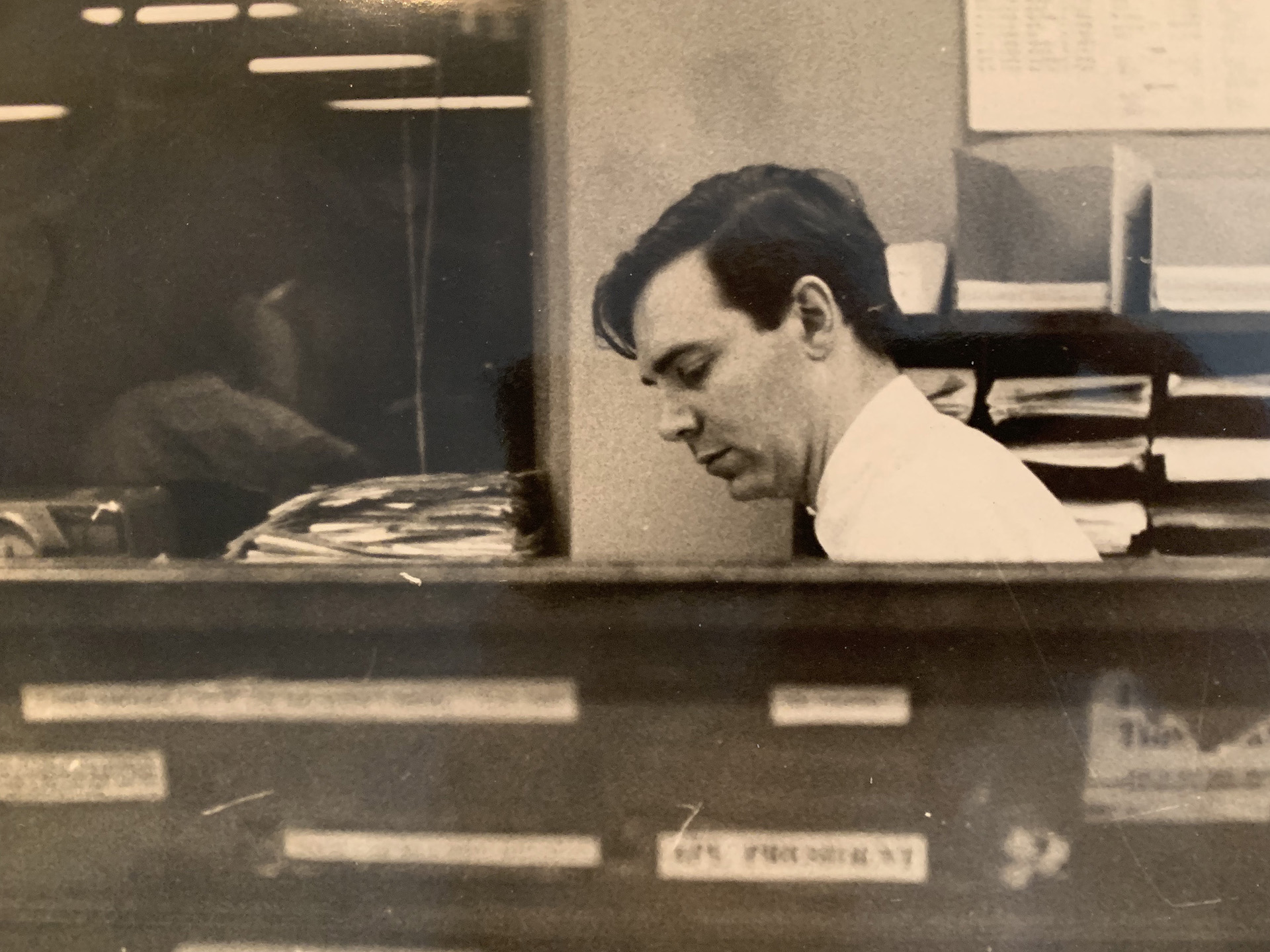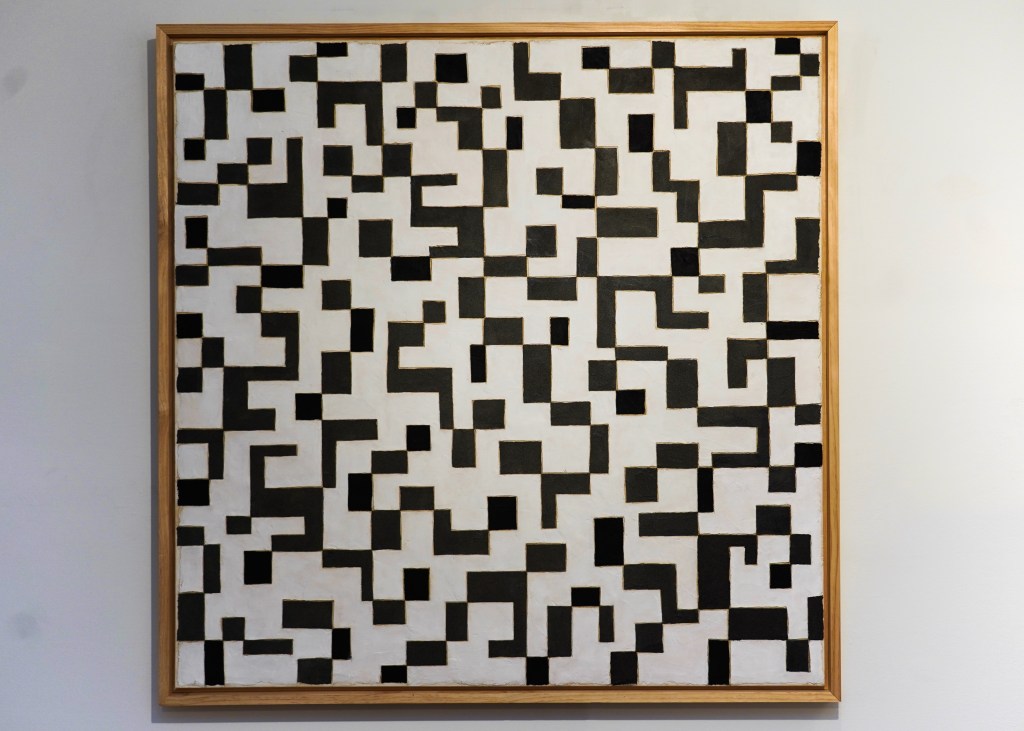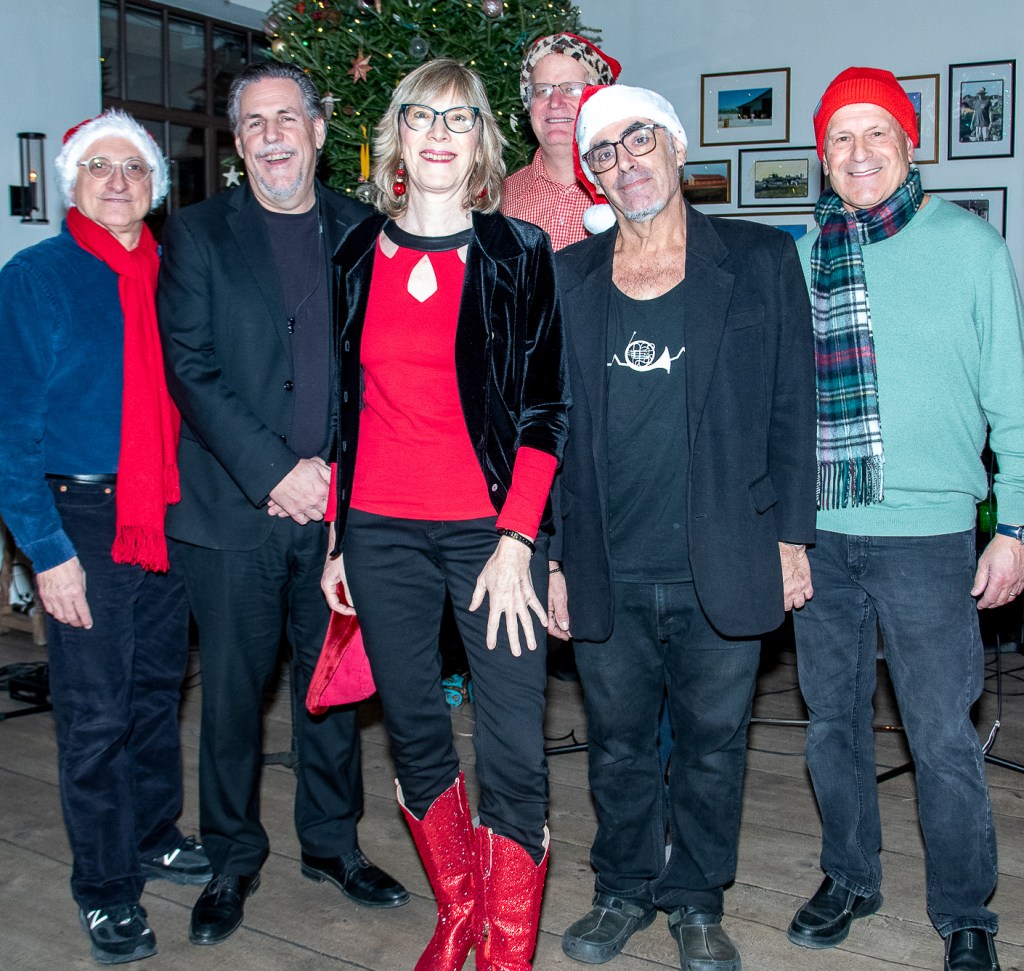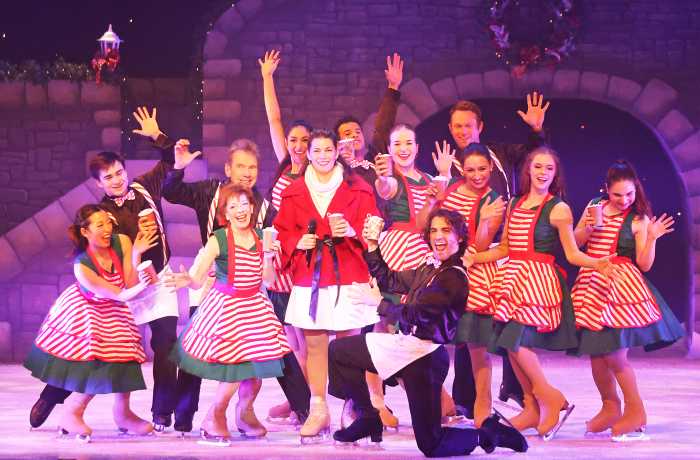Nick Pileggi: A Conversation


After his sophomore year at Long Island University studying Irish literature, a fellow reporter on the school newspaper asked Nick Pileggi what kind of work he would pursue.
Pileggi — who would later become one of the best crime reporters in America and the screenwriter of “Goodfellas” and “Casino” — told him he’d probably become a teacher.
The reporter clarified his question, asking what summer job Pileggi was chasing. Pileggi, born to immigrant parents from Calabria in working-class Bensonhurst, Brooklyn, didn’t have a clue.
“So, he told me the A&P was hiring and he gave me an address at 50 Rockefeller Center and the name of a guy in charge named Frank Kelleher,” said Pileggi. “So off I went on the subway to Rockefeller Center. But I don’t see a supermarket anywhere. I go into the lobby and see that there is an AP, for Associated Press, at that address. I went upstairs and Frank Kelleher was in charge of the mail room. He hired me.”
Thus began one of the best journalism stories ever to cross the Brooklyn Bridge.
For the next two years, Pileggi attended college by day and worked from 4 PM to midnight at the AP in the mail room, then a copy boy watching gritty “legmen” reporters who roamed the vast city phoning in stories to talented “rewritemen” who spun the details and quotes into solid stories picked up by the seven daily newspapers that then competed in New York City.
“When I wasn’t running for copy or coffee, I started listening to the details the legmen reported to the rewritemen and I’d sit down and type out my own versions of the stories to see how they compared when they went out on the AP wire,” Pileggi said. “Soon some the guys saw what I was doing and they’d wave me over and ask to see what I’d written. They’d edit it, showing me how to make it better, how to sharpen the language and to move important details up higher in the story. They would take me to P.J. Moriarity’s saloon after work and talk shop, teaching me the craft of journalism.”
Pileggi improved with each shift and by the time he received his college degree, AP’s city editor Joseph Nicholson asked him what he intended to do with his life.
“I guess I’ll go for my MA and teach English,” said Pileggi.
Tight Fraternity Of New York Journalists
“Do you wanna be a reporter?” asked Nicholson.
Pileggi, who answered yes, was sent on his first assignment on January 6, 1956, covering a teamsters’ convention at the former Tammany Hall. “I walked into this crazy scene filled with wise guys and union leaders and reporters and had absolutely no idea what I was doing,” he said. “I spotted a friendly looking guy with red hair taking notes and told him it was my first assignment and asked for help.” It was Murray Kempton, “one of the greatest New York columnists ever,” who introduced Pileggi to Abe Raskin of The New York Times, “the best labor writer in the country at the time.”
The first-time reporter asked Raskin if he could explain the story to him. Raskin gave his copy to Pileggi, and then rewrote his own piece for the Times “so that they didn’t look too similar. Kelleher called me into his office and said I did a good job, that the Times didn’t have anything that I didn’t have.”
Pileggi learned a lesson that day about the tight fraternity of New York journalism where although reporters competed fiercely they also treated each other — especially the rookies — like brothers of the same noble guild.
They were not the enemy of the people. They reported on the enemy of the people to the people, as reporters still do today.
Later, when I was at the Village Voice and New York magazine, where I worked alongside Pileggi, he welcomed young reporters like me, Michael Daly, Marc Jacobson, and many others to use his personal clip files on politics, crime, the mob, poverty, the Vietnam War, and every major hot button topic of the age. He’d also share his Rolodex of contacts and sources. Pileggi’s good name opened doors and made your life as easy as Abe Raskin had made Pileggi’s on his first day on the job.
“Well, thank you for saying that, but I was just returning the same generosity I’d gotten as a young writer,” said Pileggi, who lives between his Manhattan home and a home in the East End he bought 34 years ago with his wife, the late Nora Ephron. “The only thing I ever asked other reporters was to return the clips the way you found them for the next guy or gal.”
Organized Crime
Because he’d grown up in Bensonhurst, the Little Italy of Brooklyn, Pileggi was comfortable around cops, firemen, laborers, shop owners, and gangsters who in his time rarely preyed on “civilians” outside of their insular world.
“In Bensonhurst, the local hoods would never shake down working people like my father, who started as a musician in the orchestra pits of movie theaters and later owned a shoe store and later still, a clothes store,” said Pileggi. “Instead they’d tell you to make sure you always got a receipt when you paid your rent to the landlord. Because on rent day, they would rob the landlord. But you had a receipt to prove you paid your rent.”
Pileggi covered organized crime after it was exposed as a national scourge on November 14, 1957 at the raid on the meeting of the Five Mafia Families at the home of Joe “Joe the Barber” Barbara in Apalachin, NY. “Before that, J. Edgar Hoover’s FBI wouldn’t even acknowledge that there was such a thing as organized crime in America,” Pileggi said.
“My first cousin, Gay Talese, was working for The New York Times, and he urged me to branch out and do feature magazine stories for Esquire Magazine and New York, which was then the Sunday magazine supplement of the New York Herald Tribune, edited by Clay Felker. Jimmy Breslin was writing for the Tribune back then, so were Tom Wolfe and a lot of great writers.”
In 1968, Felker made New York magazine into a standalone weekly news magazine. “I had been writing for the AP for 12 years,” says Pileggi. “Felker asked me if I wanted to come work on the New York Magazine staff with Breslin, Hamill, Gloria Steinem. I loved the AP, but he tempted me by saying I wouldn’t have to show up every day at work. I would just write feature stories and file them when they were ready. That would give me the freedom to write longer pieces that I could expand into books.”
Pileggi’s book “Wiseguy” about mob rat Henry Hill was optioned for film, and he co-wrote the screenplay with director Martin Scorsese that has become a classic mob film.
The movie “Casino” was also adapted by Pileggi and Scorsese from another of Pileggi’s non-fiction books.
Movie Scripts
Today, at age 86, Pileggi still has the instincts of a reporter but is too busy with a slew of movie and TV script assignments to be a journalist, although he reads the papers every day.
“I think the Times and Washington Post are doing some of the best national reporting I’ve ever seen in daily newspapers,” he said. “But local reporting has suffered because of the staff cuts. I miss the days of reading Jimmy Breslin and Pete Hamill and Murray Kempton three times a week. There are no more cityside columnists, and that’s too bad because they helped put the city into focus with good reporting and great writing.”
Pileggi was deeply moved by the HBO documentary “Breslin and Hamill: Deadline Artists,” in which he also appears. “Not just because it’s about friends of mine, but because it was about a lost city, a lost time, and a great profession,” he said. “But it also made me feel damned lucky to have been part of it. Part of the greatest days of newspapers.”
Pileggi will be off to his East End home for the summer to write an American mob movie script based on a British TV series, “The Fear,” about a mob boss with Alzheimer’s. He’s also developing a TV series based on the Limelight disco in Manhattan.
“It all started with a fellow student newspaper reporter sending me for what I thought was a summer job at an A&P supermarket,” says Pileggi. “I got to work at the AP instead, where we had talented rewritemen like Thomas Harris, the nicest, sweetest, kindest guy you ever met who was also writing a novel on the side called ‘Silence of the Lambs,’ and you wonder how the hell this sweet guy came up with Hannibal Lecter. But that’s the crazy business we come from. Speaking of which, that student reporter who sent me to the AP? He became an FBI agent and I later used him as a source on stories.”
If he could, would Pileggi have done anything differently?
“No way,” he said with a laugh. “I think if you’re a first-generation American like me, you owe it all to your immigrant parents who were brave enough to cross an ocean with nothing so that their kids would have a shot to have a better life. And if you had the kind of naiveté I had on my first day as a reporter and formed a bond with generous strangers in this business, you have to consider yourself blessed. I met the greatest group of people you’d ever want to meet in the newspaper and magazine business. The journalism led to books and the books to movies. It has been one helluva life. I would do it all over the same way again.”
denishamill@gmail.com









